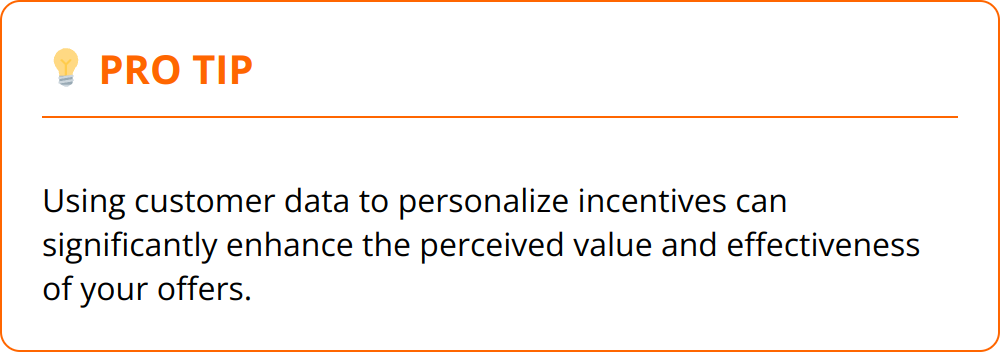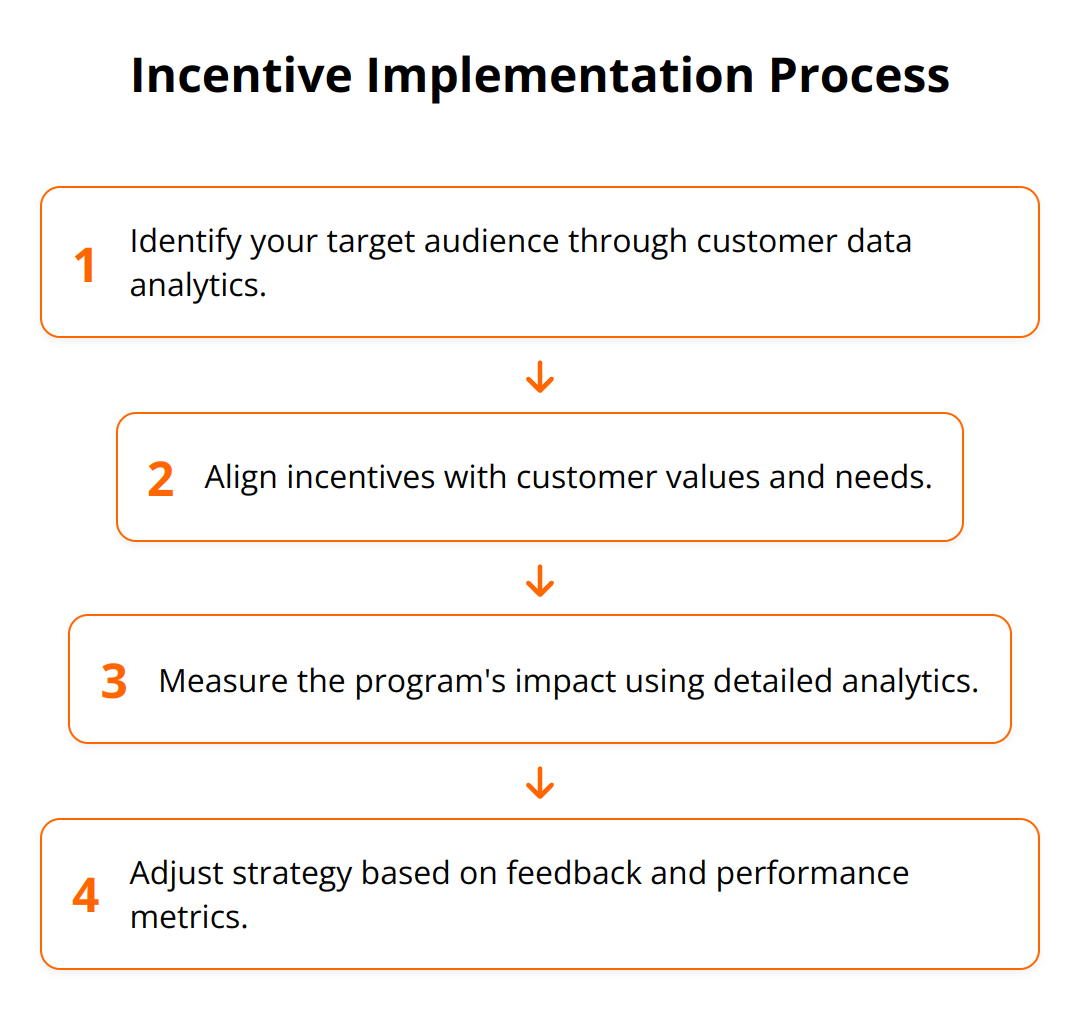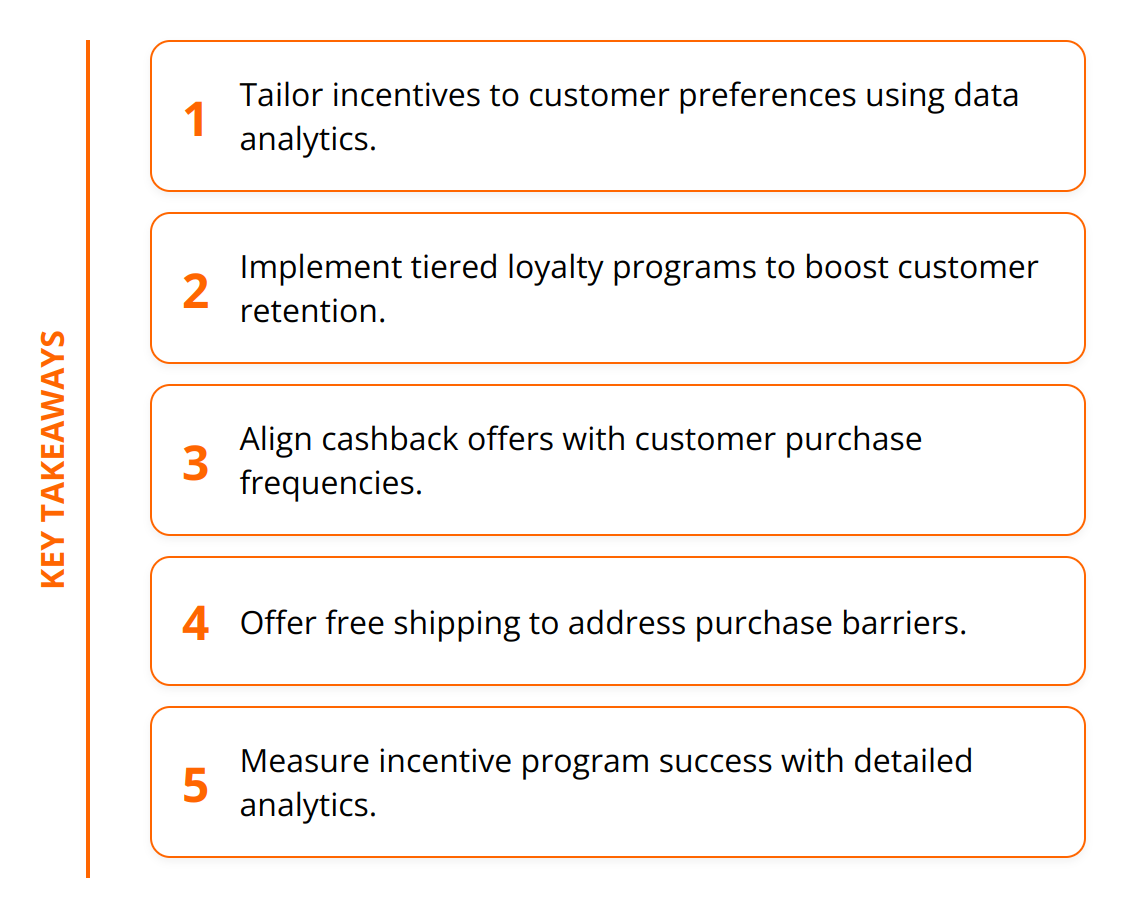
We at Reward the World believe understanding consumer behavior incentives is key to engaging and retaining customers. This guide aims to uncover how different incentives can influence buying decisions and foster loyalty. From the psychology that drives consumer actions to practical tips on implementing these strategies effectively. Let’s explore in this article “Consumer Behavior Incentives: All You Need to Know” how to make incentives work for your audience, ensuring your efforts lead to tangible results.
How Incentives Shape Buying
Incentives are the secret sauce that can skyrocket customer engagement and influence purchase decisions. They’re not just carrot sticks to nudge customers closer. These are powerful tools that, when used correctly, can transform customer behavior and brand loyalty. Understanding the psychology of consumer incentives and their impact on buying decisions is not just beneficial; it’s essential for any brand looking to deepen customer relationships and drive sales.
The Core of Consumer Incentives
At their heart, consumer incentives are rewards offered to influence buying behavior. This could range from discounts, loyalty points, to exclusive access to products or services. What’s key is that these incentives meet a genuine customer need or desire, making the offer irresistible.
The Psychology Unpacked
Human beings are wired to seek rewards. It’s part of our psychological makeup. This is why incentives have such a potent pull. They trigger a release of dopamine, a feel-good neurotransmitter, convincing our brains that acquiring the reward (the incentive) will bring happiness. This anticipation of joy makes incentives a powerful motivator in decision-making processes. The reward doesn’t just have to be financial; recognition and personalization can be just as compelling. A study showed that 84% of consumers are more likely to stick with a brand that treats them like unique individuals.

Influencing Decisions
Here’s where the magic happens. Incentives can shape buying decisions in several ways:
- Instant Gratification: People love immediate rewards. Instant discounts or one-day shipping offers can prompt quick buying decisions.
- Perceived Value: Offering something extra, like a free gift with purchase, boosts the perceived value of the offer. Customers feel like they are getting more bang for their buck, making the purchase more appealing.
- Loyalty Building: Programs that reward customers for repeat business encourage long-term loyalty. Customers are more likely to return if they know there’s something in it for them.
- Urgency: Limited-time offers create a sense of urgency, pushing customers towards making a purchase before they miss out.
For businesses, the trick lies in choosing the right incentive that resonates with their audience. Not every customer is the same, and personalization can significantly amplify the effectiveness of consumer incentives. For instance, leveraging data to offer tailored rewards can make customers feel valued and understood, enhancing brand loyalty.
Practical Tips
- Know Your Audience: Use customer data to tailor incentives to their preferences and behaviors.
- Balance the Offer: Ensure incentives are attractive enough to motivate purchases without undermining the product value or profit margins.
- Measure and Adjust: Constantly track the performance of your incentive programs and be ready to tweak them based on customer feedback and engagement metrics.

Implementing consumer incentives is more art than science. But with a deep understanding of customer psychology and strategic application, incentives can become a potent tool in your marketing arsenal. For those looking to dive deeper into creating effective incentive programs, exploring best practices in e-commerce incentives might provide valuable insights.
Next, we’ll explore how to craft irresistible incentive programs that not only capture attention but also convert interest into action. Stay tuned.
Crafting Compelling Incentives
After understanding the psychology behind consumer incentives and its decisive role in influencing buying habits, the next step is to craft compelling incentives tailored to your audience’s needs and preferences. The effectiveness of an incentive program relies heavily on the relevance and appeal of the incentives offered. Here are insights on creating incentives that not only catch the eye but also encourage action.
Financial Incentives: Beyond Simple Discounts
Financial incentives often come to mind first when thinking about consumer rewards. However, it’s not just about slashing prices. The key is to provide value in a way that enhances the perceived worth of your product or service. Cashback offers, for example, can be more appealing than discounts because they provide a tangible return on a purchase. It’s not just saving money upfront; it’s getting something back, which customers find highly rewarding.
Actionable Tip: Align cashback offers with customer purchase frequencies to maximize engagement.

The Power of Psychological Incentives
Loyalty programs and exclusive memberships go beyond financial benefits by tapping into the psychological need for belonging and recognition. These incentives make customers feel valued and part of an exclusive group, encouraging repeat purchases and long-term loyalty.
The real strength of psychological incentives lies in their ability to create emotional connections with the brand. For instance, offering points for purchases that can be redeemed for rewards not only encourages repeat business but also keeps customers engaged over time.
Quick Stats:
- Programs with tiered memberships report a 30% higher customer retention rate.
- Personalized rewards can increase consumer spending by up to 40%.
Convenience as an Incentive
In today’s fast-paced world, convenience is king. Offering free shipping and hassle-free returns addresses a significant barrier to purchase: the inconvenience of waiting and the fear of buyer’s remorse. These types of incentives make the buying process smoother and more appealing.
Recommendation: Leverage data analytics to identify the most valued aspects of convenience for your customer base and tailor your incentives accordingly.
In conclusion, the art of crafting compelling consumer incentives lies in understanding and catering to the diverse needs and desires of your audience. Whether it’s through financial benefits, emotional engagement, or simplified processes, the goal is to create an irresistible proposition that drives action.

For more insights on creating effective loyalty programs, explore our detailed guide on loyalty rewards incentives.
Up next, we’ll delve into optimizing and measuring the success of your incentive programs to ensure they deliver the desired outcomes.
Effective Incentive Implementation
To drive customer engagement and boost sales, it’s not enough to just offer incentives; you need a strategic approach to ensure your incentives resonate with your target audience and meet their specific needs and preferences. This approach starts with identifying who your customers are, aligning your incentives with their expectations, and measuring the outcome to analyze the impact. This will not only enhance customer satisfaction but also optimize your marketing efforts for better return on investment.
Identifying Your Target Audience
The first step in implementing effective consumer incentives is to recognize and understand your target audience deeply. Different segments may value different types of incentives. Millennials might prefer digital rewards or experiences, while older generations could appreciate discounts on traditional services or products. Use customer data analytics to segment your audience and understand their buying patterns, preferences, and needs.

Aligning Incentives with Consumer Needs
Once you’ve segmented your audience, the next step is to align your incentives with what your customers value the most. This alignment is critical for the success of any incentive program. If your target audience values exclusivity, consider offering early access to products or invitation-only events. For budget-conscious consumers, discounts or cashback offers might be more appealing. The key is to offer incentives that not only encourage purchasing but also make your customers feel valued and understood.
Measuring and Analyzing Impact
Finally, the effectiveness of your incentives program should be continuously measured and analyzed. This means tracking metrics like redemption rates, sales increase, customer retention, and acquisition rates post-implementation. Use tools and software that allow for detailed analytics to understand the true impact of your incentives. This insight allows you to adjust and fine-tune your strategy for even better results over time. For more on this, exploring the nuances of in-depth analytics in rewards programs can be particularly enlightening.
Practical Tips:
- Utilize customer feedback and engagement data to refine and personalize incentive offerings.
- Experiment with different types of incentives to see what generates the highest engagement and conversion rates.
- Keep a close eye on industry trends to stay ahead of what incentives might become more appealing over time.
- Regularly review your incentive program’s performance metrics to ensure it remains aligned with your marketing objectives and customer expectations.
In conclusion, the key to implementing successful consumer incentives lies in a deep understanding of your audience, strategic alignment of offers with customer desires, and continuous measurement and optimization based on data. With these elements in place, your incentive program can significantly enhance customer engagement, loyalty, and sales.
The journey doesn’t end here. Up next, we will explore advanced strategies for optimizing your incentives program to maintain its appeal and effectiveness over time.
Final Thoughts
Navigating the complex landscape of consumer behavior incentives is pivotal for any business looking to boost engagement, loyalty, and overall sales. Key takeaways from our exploration highlight the profound impact of well-strategized incentive programs on influencing purchasing decisions and fostering a sense of brand attachment among customers.

The importance of customizing incentives cannot be overstated. Tailoring rewards to fit the unique preferences and behaviors of your audience ensures that your efforts resonate more deeply, encouraging stronger and more meaningful connections. Data-driven insights should guide the customization process, ensuring that every incentive offered aligns with the specific desires and needs of your target demographic.
Moreover, the landscape of consumer behavior is ever-evolving, making it imperative for businesses to experiment with different incentives. What works today may not hold the same appeal tomorrow. Testing various incentives allows you to discover the most effective strategies for engaging your customers, driving sales, and building loyalty. This iterative process, informed by ongoing analysis and feedback, enables businesses to refine and optimize their incentive offerings continually, ensuring sustained success.
At Reward the World, we understand the dynamic nature of consumer incentives. Our platform is designed to meet the ever-changing needs of businesses striving to enhance customer interaction and appreciation. With our extensive array of rewards, seamless integration, and robust analytics, we provide a comprehensive solution that caters to the diverse expectations of your audience. Whether you’re aiming to increase customer loyalty, boost sales, or recognize your employees, Reward the World offers the tools and insights required to achieve your objectives more efficiently.
Embrace the power of personalized, data-driven incentives with Reward the World and watch your customer engagement and business performance soar to new heights. Experimentation, customization, and strategic application are your allies in this endeavor, empowering you to captivate your audience and achieve remarkable results. We hope this article will help you understand: Consumer Behavior Incentives: All You Need to Know
